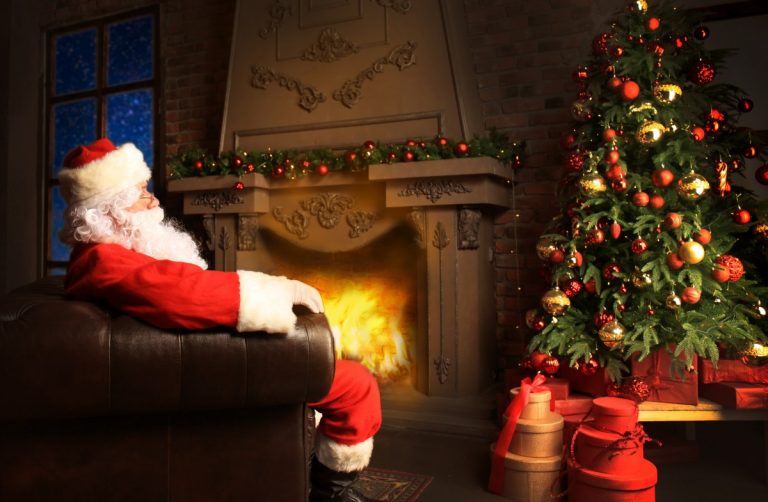
The University of Oxford has radio carbon tested a fragment of bone thought to have belonged to Saint Nicholas, the inspiration behind Father Christmas.
Ol’ Saint Nick lived in the fourth century and is believed to have died around 343AD. The tests have shown the bone did indeed date back to the time in which St Nick was alive.
Professor Tom Higham and Dr Georges Kazan, directors of the Oxford Relics Cluster at Keble College‘s Advanced Studies Centre, used a micro-sample of bone fragment to test its age.
https://twitter.com/BBCEngland/status/938326162807447552
While impossible to determine for sure whether the bone belonged to St Nick, it was authentically confirmed as belonging to the era in which he lived.
Since the 11th century, relics from the Santa inspiration have been safely stored in the crypt of a church in Bari, Italy.
Likely due to the associations with Christmas, St Nicholas has always been a popular saint. This means many bone fragments have been transported to numerous other locations. Hundreds of bones kept all over the world are allegedly from St Nick, including a collection stored within a Venice church.
St Nick is believed to have lived in Myra, part of what is now Turkey. According to legend, he was a kindly, giving man whose generosity inspired the creation of Father Christmas as a bringer of gifts.
A bone fragment that may belong to St Nicholas has been identified by scientists https://t.co/DInaDg6ROq pic.twitter.com/WvU90YYmgp
— Yahoo News UK (@YahooNewsUK) December 6, 2017
He died in Myra, where his remains were worshipped by Christians. However, later the relics were carried to Bari by a group of Italian sailors. Most of those bones remain there to this day.
The team at Oxford reported these tests are the first ever carried out on the bones.
“Many relics that we study turn out to date to a period somewhat later than the historic attestation would suggest,” said Higham. “This bone fragment, in contrast, suggests that we could possibly be looking at remains from St Nicholas himself.”
A nice bit of festive archaeological science. Are these the bones of Santa? Radiocarbon dating shows these bones date back to the 14th C and are contemporary with when St. Nicholas existed! #archsci #archaeology https://t.co/xEijJcQYN9
— Dr. Jennifer Jones (@Jennifer_Bones) December 6, 2017
This discovery opens up the opportunity for the university to study some of the other bones. The researchers will be able to test whether they belong to the same period and indeed if they belong to the same person.
“It is exciting to think that these relics, which date from such an ancient time, could in fact be genuine,” said Kazan.
It will be telling in particular for the Oxford team to see whether the pelvis matches the bones in Bari. The Bari bones do not include a full pelvis so it is entirely possible Oxford holds one of the missing pieces.
Could it be a bone from the original Father Christmas? As Higham said: “Science is not able to definitely prove that it is, it can only prove that it is not, however.”
Liked this? Then you’ll love…
5 easy but awesome ways to bring Christmas 🎄 to your dorm room
UK: Children banned from decorating Christmas tree after bad Ofsted rating







